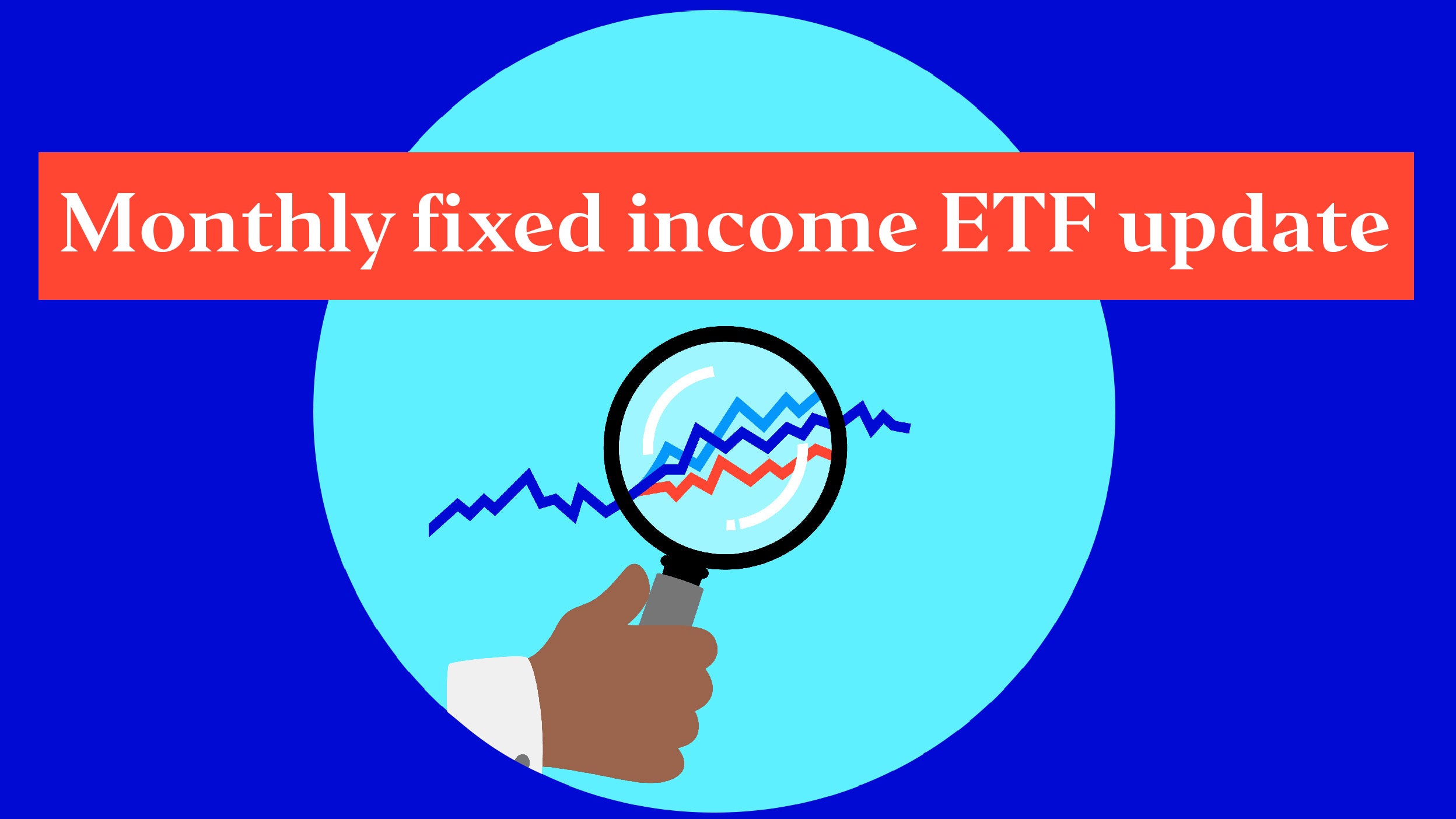An investor might select the ETF offering a profile closest to their requirements or, alternatively, combine ETFs for an even closer match. Let’s say you want to maximise yield with a duration target of 6 years. There are fairly straightforward options available. For instance, you could combine ETFs offering exposure to the 3-7 year and 7-10 year buckets, which may satisfy your duration target but fall short on yield. Alternatively, you could include the higher-yielding short-dated (1-3 year) ETF in a proportion that meets both objectives more effectively.
Along similar lines, we have seen some investors adopt a barbell approach in recent months. This strategy involves investments in both the longer end of the curve (to increase duration) and the shorter end of the curve (to increase yield and partially balance the longer duration exposure). If you are considering an ETF targeting the 7-10 year bucket, which is currently the lowest-yielding maturity range, you could instead invest in the 1-3 year ETF and 10+ year ETF in relatively equal proportion. The profile would leave you with a similar duration as the 7-10 year bucket but with a meaningful improvement in yield.
Positioning depends on your outlook
Choosing which maturities to target may be partially guided by your need for yield but is likely to be more heavily influenced by your outlook on future rates, which depends on several factors including, perhaps most importantly, the progression of inflation. Whatever your view is, you’ll find an ETF – or possibly a combination of ETFs – that could help you position accordingly.






